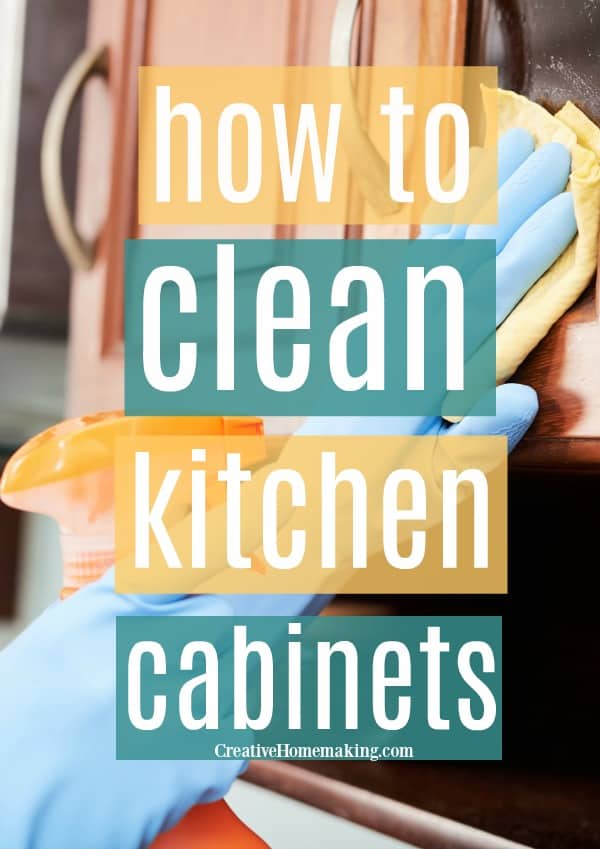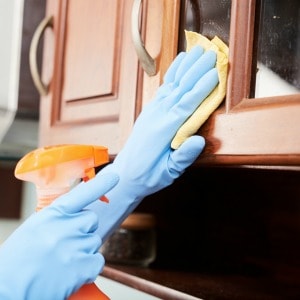Tip #1: A friend once told me she uses aerosol bathroom cleaner, like scrubbing bubbles, on all kinds of finished surfaces to clean them quickly and efficiently. I tried it and it works. My kitchen cabinets have never been so clean and shiny.
This post may contain affiliate links.
Tip #2: Try witch hazel or other facial astringent. Its good at lifting grease and its inexpensive.
Tip #3: Try a product called TSP (trisodium phosphate) and an old toothbrush. I used bathroom cleaner on my walls years ago and it worked well. However, down the road, the walls became horribly discolored in the area I had used it.
Tip #4: There is an automotive product called Simple Green that works well. Even though it is an automotive product, I use it on stains on laundry, appliances, countertops, and anything else that has greasy spots or stains.
Tip #5: I have found a miracle cleaner. It is an inexpensive dishwasher detergent. I use it to clean almost everything.
Tip #6: Have you tried Greased Lightning? Spray it on…let it sit for about 15 mins. then use an old toothbrush and a cleaning cloth…works like magic. I’ve used it to clean the top of my stove, my oven, greasy pots and pans, grout between tiles, bathrooms, walls…it has worked for me on everything that I’ve used it for.
Tip #7: Mr. Clean magic erasers work but they tear up easily and you need a lot of them. I tried a quarter cup of ammonia to water to make a quart and dawn liquid soap without success. What worked really well was a little paint thinner on a cloth or paper towel. I had to remove a large area and it did it fast!…Rob

Tip #8: Tip #4 reminded me about a product that used to be available in automotive stores. It was called “Super Clean”, but apparently it was too powerful because I’ve heard that the government made the manufacturers of that product re-do their formula. Now it is called “PURPLE POWER” which is an “Industrial Strength Cleaner/Degreaser” and it is also “Certified Biodegradable.”
I’ve never used it to clean my kitchen cabinets but I have used to clean my stove burner pans when food got burned on them and also to clean my oven.
It works as good as an aerosol oven cleaner but without the fumes! Just be sure to use rubber gloves and cover the floor with newspaper in case of drips, the same as you would with the aerosol kind.
It is very powerful! I have also used it to clean the grate covering the fan in the stove hood. It can also be used to get grease spots out of laundry, but it has to be diluted first…Becky


